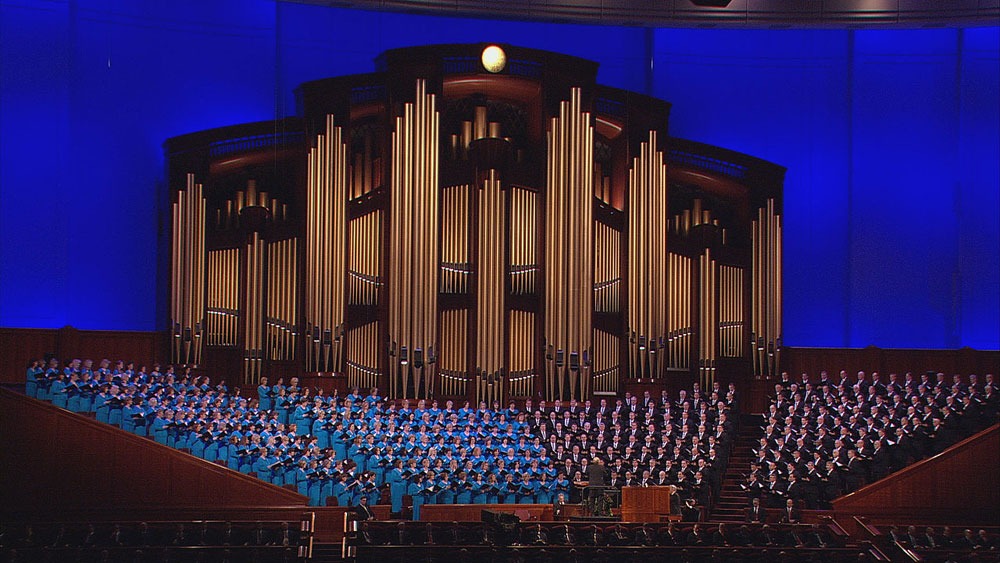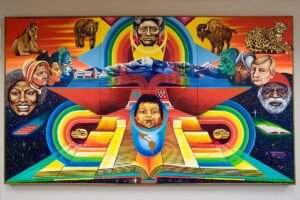
December 16, 2019; Washington Post
“Transparency” has been voted the word of the year several times recently, but it seems no one told the Mormons.
The Church of Jesus Christ of Latter-day Saints (more colloquially known as Mormons) is suffering a public row this week after a whistleblower alleged that the church is hoarding billions of dollars in a tax-exempt subsidiary company without making any charitable expenditures.
Lars Nielsen wrote the complaint based on documents and testimony provided by an anonymous whistleblower and sent a copy to the Washington Post, where Jon Swaine, Douglas MacMillan, and Michelle Boorstein wrote an in-depth examination. (Nielsen’s letter to the Internal Revenue Service can be found here.)
According to Nielsen, Ensign Peak Advisors (EPA) is an integrated auxiliary company in the Corporation of the President of the Church of Jesus Christ of Latter-Day Saints (COP). Though EPA is a tax-exempt 501c3 organization—their 2017 form 990 claims their mission is “investments in partnerships”—he says they function as a place for COP to park tax-exempt funds. In the summary of his report, Nielsen writes:
[EPA’s] owned assets under management (OAUM) have grown from $10 billion to ~$101 billion in 22 years without making a single religious, educational or charitable distribution. It has garnered tens of billions of dollars in tax breaks from the Internal Revenue Service (IRS) without any activity towards any tax-exempt mission. In addition, it has engaged in two unlawful distributions.
The “unlawful distributions” Nielsen cites refer to allegations that COP used funds from EPA, which were amassed through tithing, to support an insurance company and a mall in Salt Lake City.
Sign up for our free newsletters
Subscribe to NPQ's newsletters to have our top stories delivered directly to your inbox.
By signing up, you agree to our privacy policy and terms of use, and to receive messages from NPQ and our partners.
The wealth held by the church and its subsidiaries—EPA is not the only one—comes from tithes, or donations from church members. Like most churches, the Mormons ask each member to give ten percent of their wealth each year. But unlike most other religious organizations, according to Paul Glader at Religion Unplugged, they make church participation contingent upon this contribution. Glader writes, “The church hierarchy uses tithing as a principal metric to judge the faithfulness of its members. Only tithing members can witness temple marriages of other members, including one’s children, and participate in other central rites of the faith.” Many commentators have alluded to writings that ask church members to put tithing responsibilities over basic needs like food or rent.
The church has denied Nielsen’s allegations. After initially refusing to comment, the First Presidency released a statement saying, “A portion [of tithes] is methodically safeguarded through wise financial management and the building of a prudent reserve for the future. This is a sound doctrinal and financial principle taught by the Savior in the Parable of the Talents and lived by the Church and its members. All Church funds exist for no other reason than to support the Church’s divinely appointed mission.”
Apparently, Ensign president Roger Clarke said funds were being amassed to prepare for the end of days, when Christ will come a second time. The report did not specify how the value of money would be maintained after the collapse of civilization, or why big cash reserves would help a savior who famously threw moneychangers out of the temple.
Because there are no public financial records from the past 60 years, it’s still not clear whether the church actually broke the law; the IRS will need to determine that. Jana Riess, a member of LDS and a religion commentator, gets to the heart of the matter: Even if the church releases financial statements that clear its name, their lack of financial transparency is concerning.
Riess opines that the church is merely hiding an embarrassment of riches, which might discourage its members’ giving. Mormons give more per capita than nearly any other religion, likely in part because of the strong emphasis on tithing. Nielsen says that the church’s annual income is about $7 billion, but D. Michael Quinn, a historian who has studied its finances, says his research suggests annual tithing receipts of roughly $35 billion.
But again, no one, apart from a handful of LDS leaders, really knows. The lack of transparency is part of the whistleblower’s concern. The report alleges that only four Ensign executives can see the company’s full financial statements, and the church is no better. Nonprofit workers well know what happens to governance when knowledge is concentrated in the hands of a few.
Nielsen has put his faith in the IRS to sort this out—although as NPQ has pointed out, the IRS is so cash-starved, they may struggle to pay postage on the reports. Historically, global organizations with vast wealth and very little oversight have not behaved all that well, and organizations that cling to secrecy often turn out to be hiding something. It remains to be seen whether LDS can live up to the faith of its tithing members.—Erin Rubin











